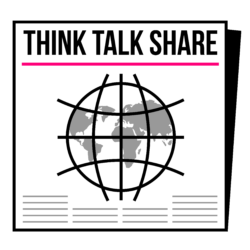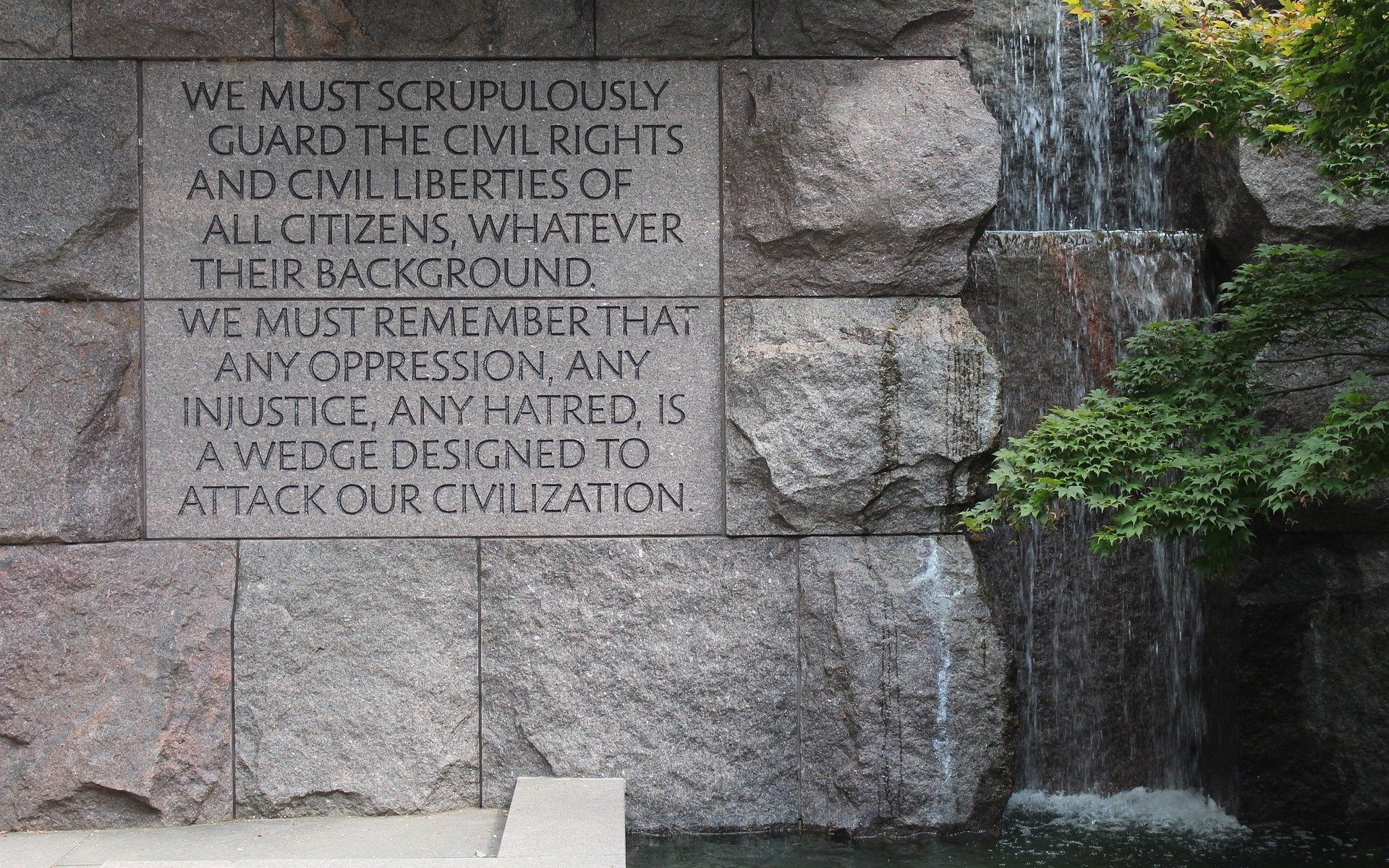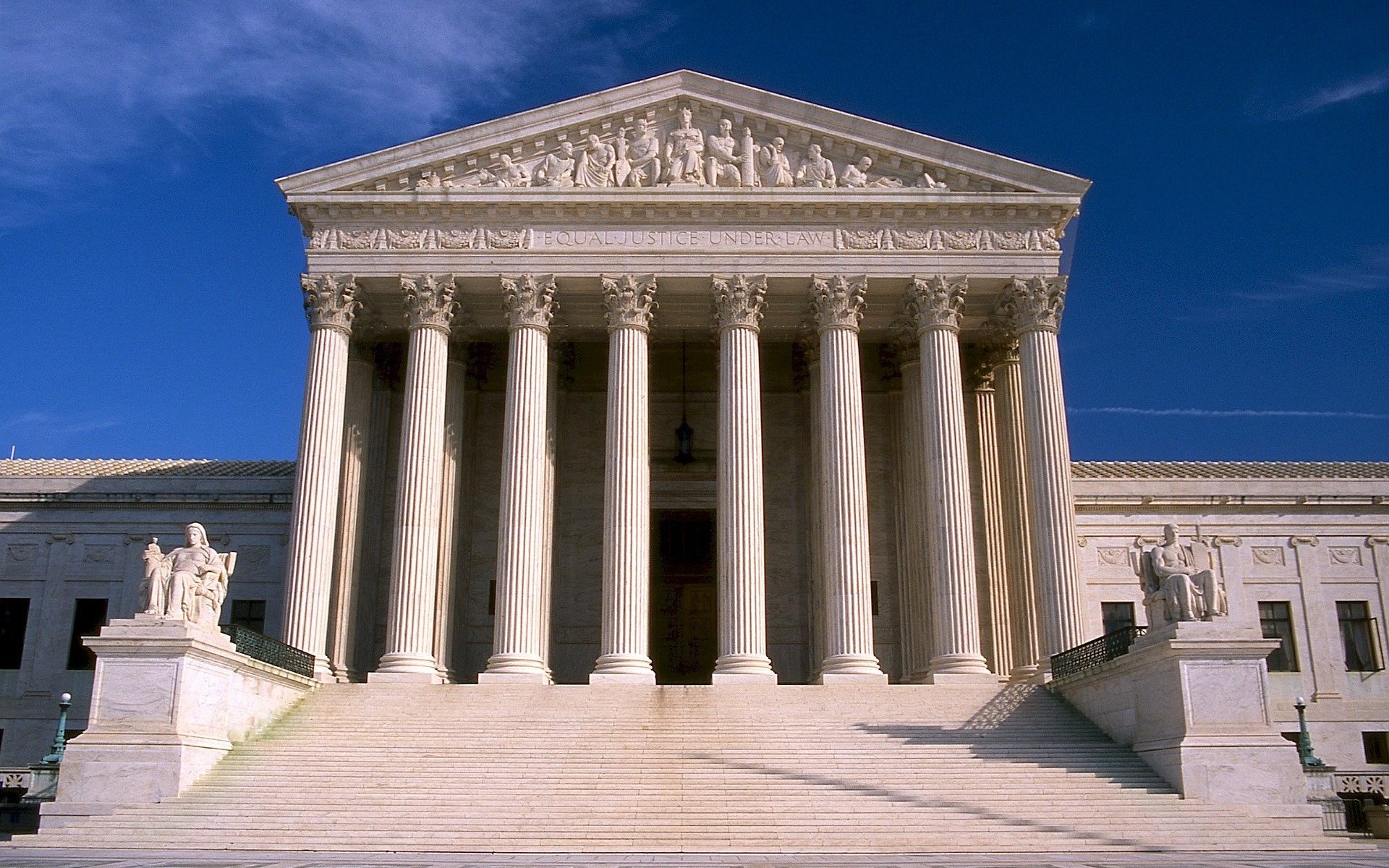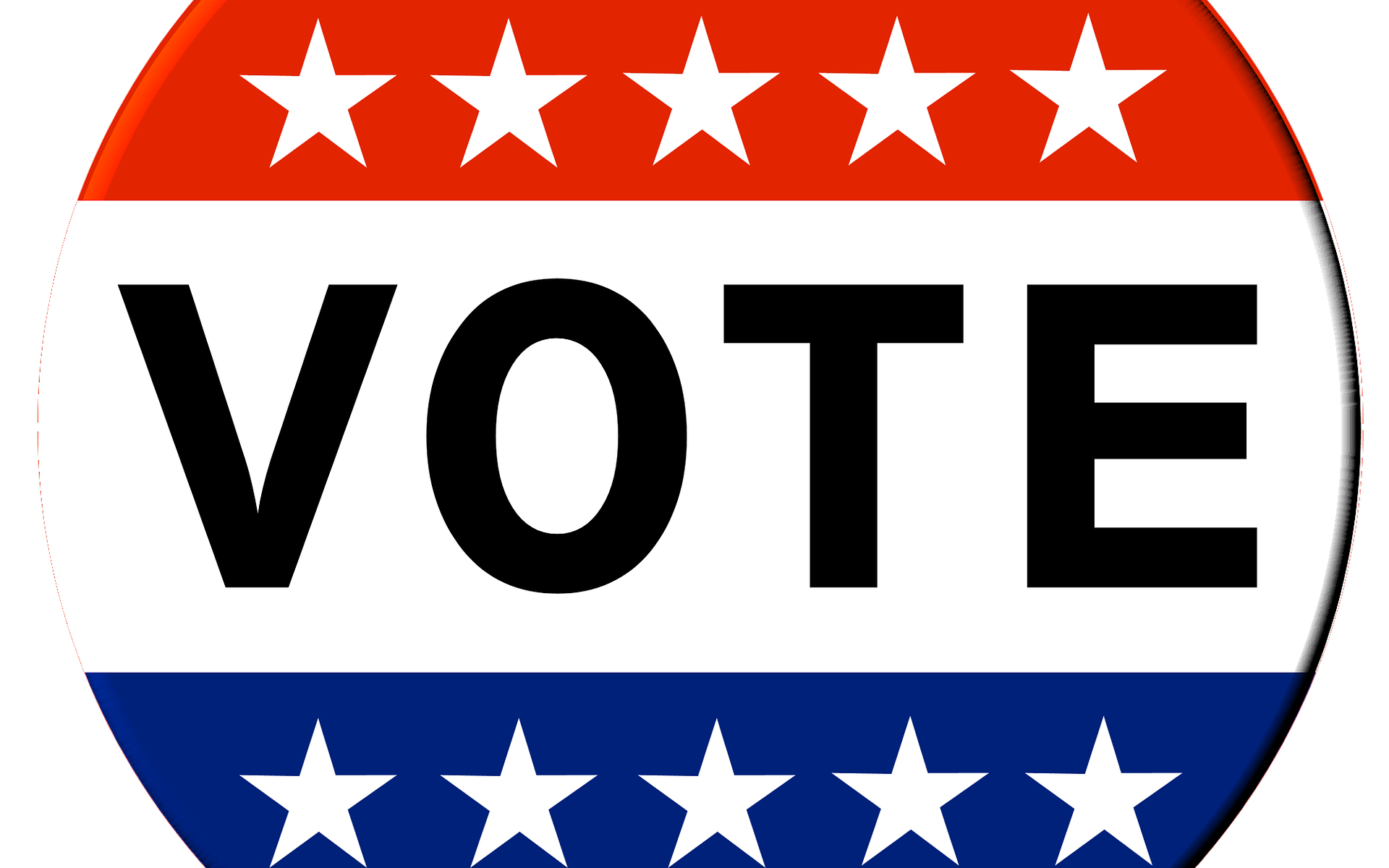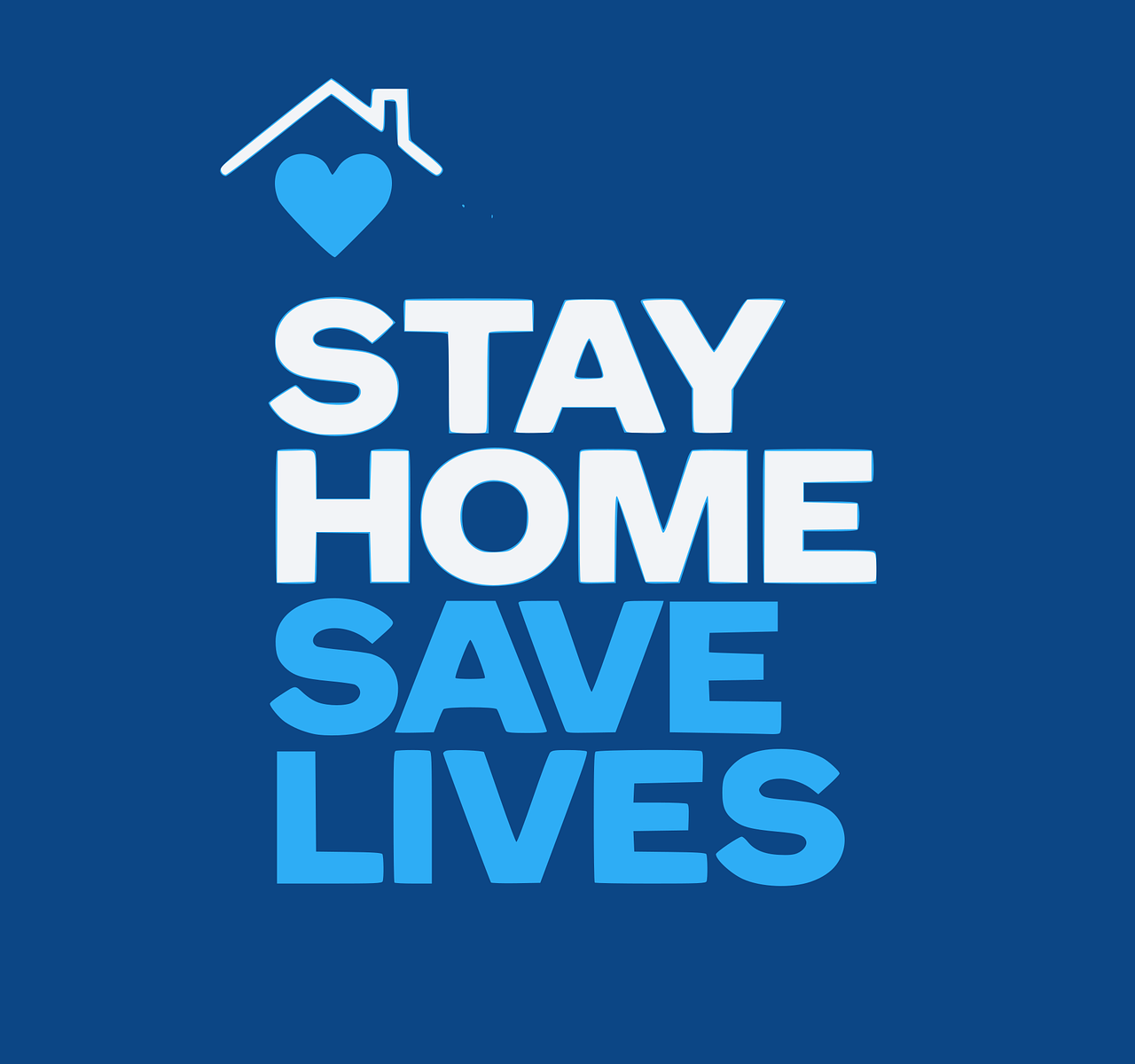After an unprecedented 2020 election season that threatened the very foundations of our democracy, President Joseph R. Biden has promised a transformative agenda for his first 100 days in office. The importance of “the first 100 days” goes back to President Franklin Delano Roosevelt in the 1930s, where Roosevelt’s ambitious agenda established the first 100 days as a key metric of evaluating a president’s success. However, few have lived up to their promises of what they planned to do in their first 100 days. Within his own first 100 days, Roosevelt drove 15 bills through Congress, reconstructed our country’s agricultural and financial sectors, focused on unemployment relief, and helped foster economic recovery following the Great Depression. Now in the second month of his presidency, President Biden has been racing to enact new legislation trying to contend with the COVID-19 pandemic, national economic recovery, a global climate crisis, a national reckoning with social injustice, and an unbelievably divided Congress.
On January 20, 2021, the day President Biden took the oath of office, he signed an extraordinary number —17 to be exact — of executive actions. Of these, 15 were actions to reverse former President Trump’s policies. Following this hailstorm of executive orders, Biden greatly strengthened protocols for preventing the spread of COVID-19, starting with a mask mandate on all federal property and a coordinated federal COVID-19 response. In terms of global changes, the United States, under President Biden’s lead, has already rejoined the World Health Organization as well as the Paris Climate Accords. These moves are in stark contrast to Trump’s “America first” foreign policy, checking off another box in terms of returning the United States to our former position as a world leader on the international stage.
The cornerstone of Biden’s initial legislative agenda is his American Rescue Plan, which the Senate passed on March 6, 2021, by a vote of 50 to 49. All Democratic senators voted yes, all Republican senators voted no, despite support from 59% of Americans identifying as Republican. With support from 77% of Americans overall, this plan is one of history’s most popular pieces of legislation. Despite support from their constituents, Congressional Republicans vowed to stall this legislation, taking a standard Republican stance against a government role in regulating business, providing an economic social safety net, and encouraging the growth of infrastructure. Despite voting for a similar bill under former President Trump, Republican lawmakers have used their vote on this bill to directly oppose President Biden’s agenda. Although the bill has yet to pass the House, fortunately for the American people, its passage is now considered imminent.
Through the plan, millions of low and middle-income Americans will receive $1400 stimulus checks. In addition, families will receive support through child tax benefits, higher unemployment payments for unemployed workers, and the authorization of many additional programs to facilitate a quick recovery from the intense recession caused by the COVID-19 crisis. The effects of the American Rescue Plan are far-reaching, including pandemic relief for unemployed Americans and direct payments to qualifying Americans, funds which have the potential to cut child poverty in half.
As such, the American Rescue Plan is a game-changer for both Joe Biden’s presidency and the American government. This plan gives the Biden Administration the chance to reestablish the pattern and expectation of government as a force for good and positive change in the average American’s life. For almost 50 years since the rise of Ronald Reagan, government has been seen as the problem, not the solution. However, the tremendous crisis caused by COVID-19 has provided this administration an opportunity for the government to step forward as a force for reform and to unify an intensely divided country. Joe Biden’s presidency has already been scrutinized for actions that both please and displease voters, but the American Rescue Plan gives President Biden a chance to define his presidency through his dedication to help the average American.

